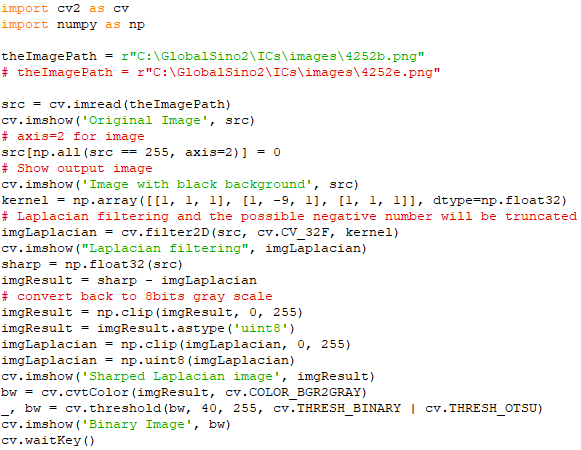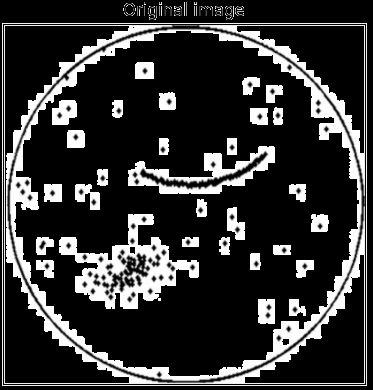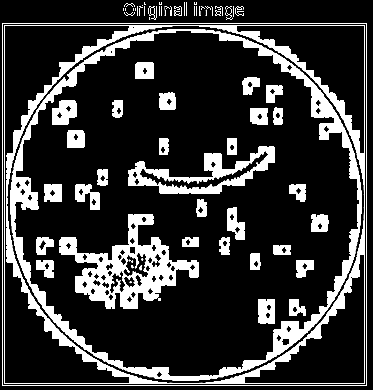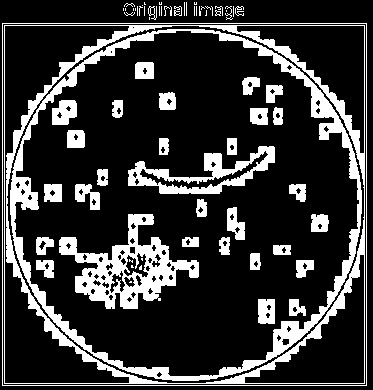| numpy.all(input_array, axis=None, out=None, keepdims=<no value>, *, where=<no value>): |
| ◆ |
To test: |
| |
✔ |
Whether all array elements along a given axis evaluate to True. |
| |
✔ |
Whether all of the numbers meet certain conditions if we have a Numpy array with numeric data. E.g. np.all (myarray > 3) |
| ◆ |
Parameters: |
| |
✔ |
input_array: |
| |
|
X |
"array_like" to input array or object that can be converted to an array. |
| |
✔ |
axis: |
| |
|
X |
Axis or axes along which a logical AND reduction is performed. |
| |
|
|
• |
The default (axis=None) is to perform a logical AND over all the dimensions of the input array. axis may be negative, in which case it counts from the last to the first axis. |
| |
|
X |
None or int or tuple of ints, optional. |
| |
|
|
• |
In this case, the all() function will operate on all of the array elements collectively, without regard to any particular axis. |
| |
|
X |
axis = 0: |
| |
|
|
• |
The function will operate in the axis-0 direction. This will not have an effect on a 1-dimensional array. But for a 2-dimensional array, this will cause np.all to operate downward. So effectively, setting axis = 0 causes the function to operate on the columns of a 2D array. |
| |
|
X |
1-D arrays |
| |
|
|
• |
There is only one axis, axis-0. And for 1D arrays, axis-0 points horizontally. E.g. for an array of numbers, axis is equal to 1. |
| |
|
X |
2-D arrays |
| |
|
|
• |
Axis-0 points downward and axis-1 points horizontally. E.g. for images, axis is equal to 2. |
| |
✔ |
out: |
| |
|
X |
ndarray, optional. Alternate output array in which to place the result. It must have the same shape as the expected output and its type is preserved (e.g., if dtype(out) is float, the result will consist of 0.0’s and 1.0’s). See Output type determination for more details. |
| |
✔ |
keepdims: |
| |
|
X |
bool, optional. If this is set to True, the axes which are reduced are left in the result as dimensions with size one. With this option, the result will broadcast correctly against the input array. |
| |
✔ |
where: |
| |
|
X |
array_like of bool, optional. Elements to include in checking for all True values. See reduce for details. |





